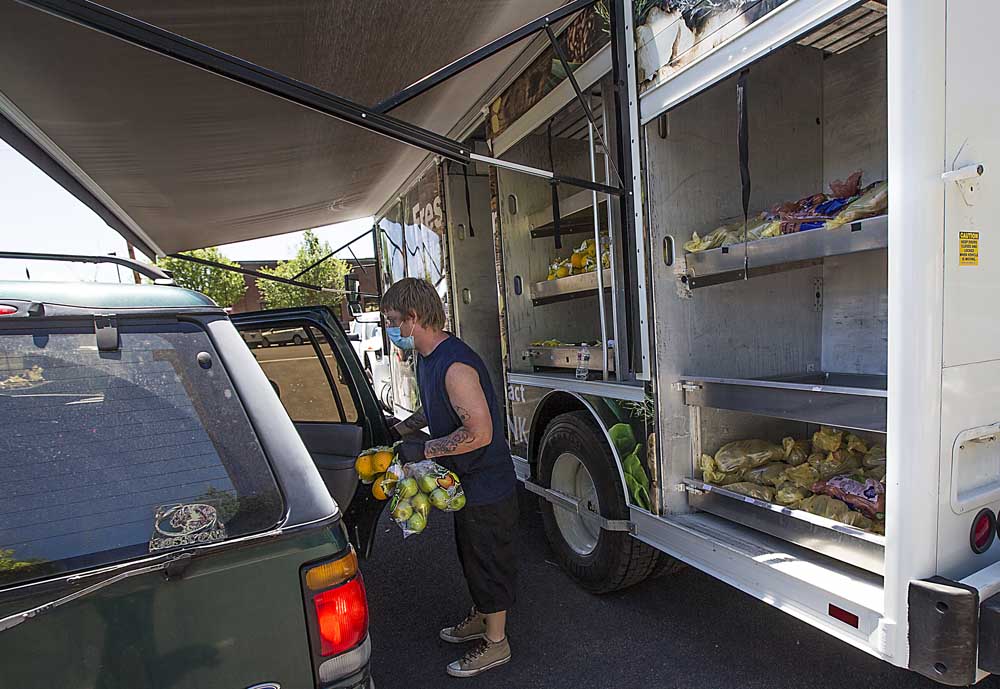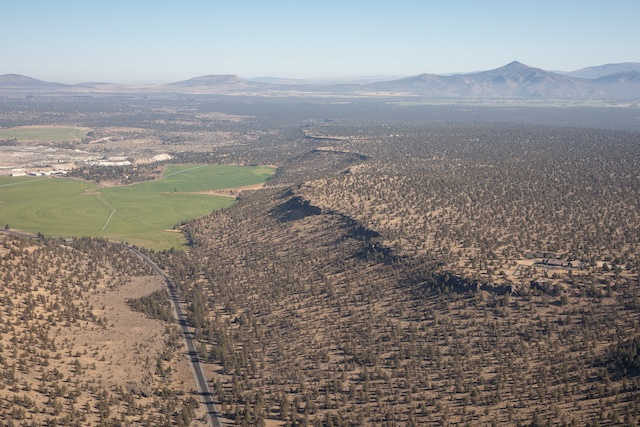Bend left with one skatepark
Published 4:00 am Monday, November 26, 2007

- Bend left with one skatepark
Bend resident Kristen Riley said that in some ways, victory is bittersweet.
She is part of a group of neighbors who have campaigned for nearly a year, asking the Bend Metro Park and Recreation District to remove the skate area from Quail Park in northwest Bend. They were successful Tuesday night, when at a meeting the district board agreed with a staff recommendation to take out the skate area. Noise from the skate area and complaints from nearby residents convinced the board that the skate area was incompatible with the neighborhood.
With the removal of the area at Quail, the skate and BMX area at Ponderosa Park on 15th Street remains the only sanctioned option for youths looking to skateboard or ride BMX bikes. And the things neighbors complained about at Quail Park — drinking, drugs and after-hours use — are well-documented at Ponderosa. The district is attempting to crack down on the problem, but the situation may spell trouble for future skate areas in Bend.
For Riley, 34, who grew up skateboarding in Southern California, that is disappointing. “We all felt that there’s an incredible need for a skatepark, especially on the west side,” she said.
But putting an activity popular with teens in a neighborhood park that attracts young children didn’t seem like a good fit, the mother said.
“I recognize it’s frustrating for the skateboarders, so I’m sad for their loss,” Riley said. “I feel for them, but I am glad our neighborhood park will attract less … inappropriate and illegal behaviors.”
The soon-to-be-closed skate area at Quail Park is very different from the skate area at Ponderosa.
Quail itself is a much smaller park, and the skate area is a flat concrete slab about the size of a basketball half-court, with a small ramp and a low rail. It is meant to be geared toward beginners.
The skate area at Ponderosa is more than twice that size, with large bowls and other concrete features for advanced skaters.
“The addition of the skate area (at Quail Park) was a test for us,” district Executive Director Don Horton said at the meeting, which attracted roughly a dozen Quail Park neighbors. In this case, he said, the experiment didn’t work out.
A ‘bad element’?
Some neighbors said the skate area at Quail Park has been a magnet for trouble ever since the park on Regency Street was built in 2006.
Riley said the skatepark has drawn an array of youths. Some have been unfailingly friendly and polite.
She said she has seen others, though, cursing, drinking, smoking marijuana and even using methamphetamine.
“That isn’t a good mix, with little kids, in a neighborhood park,” she said.
Bend police said previously that Quail Park did not appear to be a particular trouble spot, based on the number of calls they received from the neighborhood.
But a recent survey conducted by the district showed that 15 percent of residents in the immediate neighborhood said they felt Quail Park was not a safe environment. The survey polled 61 residents within a half-mile of the park.
The survey reported that some residents felt the skate area attracted a “bad element,” in their words, that made residents feel unsafe, according to district documents.
A risky experiment
The board’s decision to remove the skate area is a significant reversal.
The skate area was originally included in the park design when residents who attended open houses in 2003 and 2004 said they wanted a beginner skating and roller-blading area, according to district documents.
As the second skate area in Bend, and the only one in a neighborhood park, it was deemed an experiment with a certain amount of risk.
Negotiating with the city about street improvements delayed the actual construction of the park for roughly one year, according to district documents.
During that time, a new subdivision aimed at retirees was built in the neighborhood, changing its demographics, according to district documents.
When they heard about the design for the park, several residents of the retirement community asked the board to reconsider the inclusion of a skate area before the park was built. The board ultimately declined to change the park design.
Since then, a group of residents, including people outside the retirement community, has written letters, sent e-mails and showed up at board meetings to testify about the problems at the skate area and ask the board to reconsider.
And while the board unanimously supported the recommendation to take out the skate area, a few also admonished residents at the recent meeting about painting some Quail Park visitors with a broad brush.
Board member Ted Schoenborn took issue with the characterization of some park visitors.
“For heaven’s sake, those are (members) of our community,” he said. “When it talks about a ‘bad element,’ I think that’s totally inappropriate.”
Problems at Ponderosa
The district, however, has continually grappled with illegal activity at the skate area at Ponderosa Park, built 10 years ago.
About two months ago, the district imposed a “no tolerance” policy at the skate area, asking police to step up patrols and cite people for infractions instead of issuing warnings. Staff said graffiti and vandalism have become a nearly daily occurrence there and found evidence of drinking and drug use.
Natural Resources Manager Paul Stell said that it seems the situation has improved since the no-tolerance policy was implemented. Still, he said, it could simply be that the colder weather is keeping people out of the park.
“Things always slow down for us this time of year,” he said.
Police have said a sort of “turf war” broke out during the summer, when older teens were trying to prevent younger skaters from using the area.
Although the district has no immediate plans to redevelop the park, staff have recommended moving the skate area closer to the road when that occurs, according to previous Bulletin reports. A more exposed location could discourage illegal or after-hours use there.
Horton, of the parks district, said the removal of the skate area at Quail Park does not mean the district will back away from skate areas.
Rather, the lessons from Quail will inform future decisions about building skate areas.
“I don’t think this (means we are) abandoning the skateboard community,” he said.






